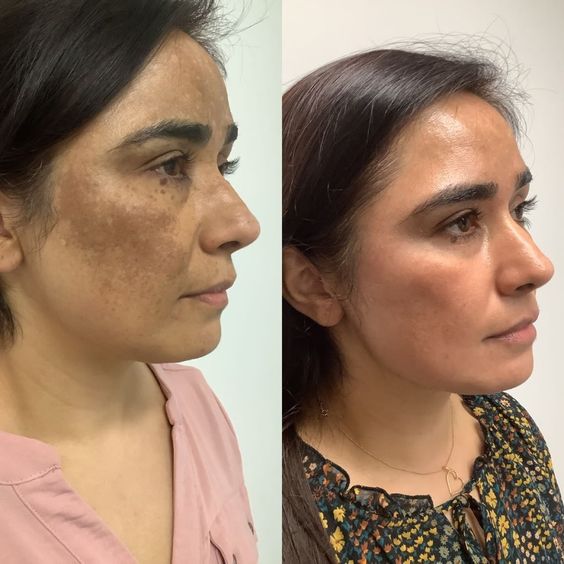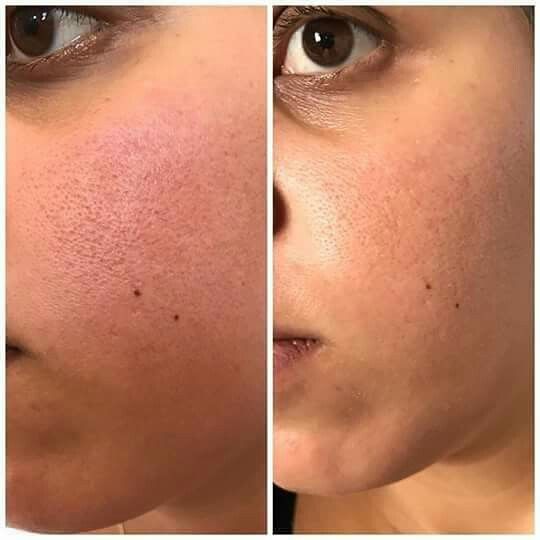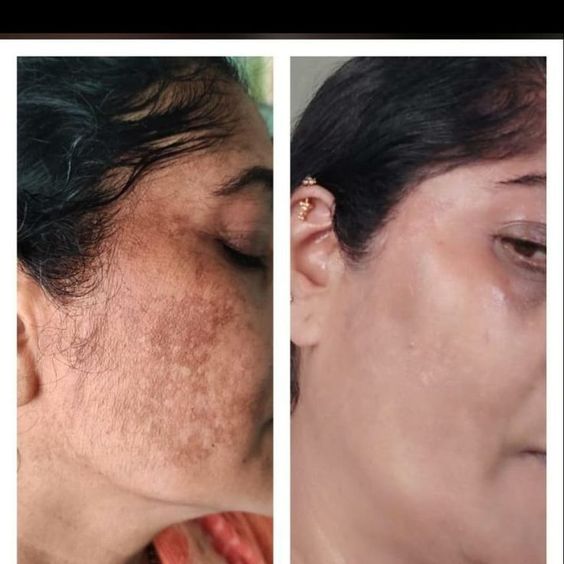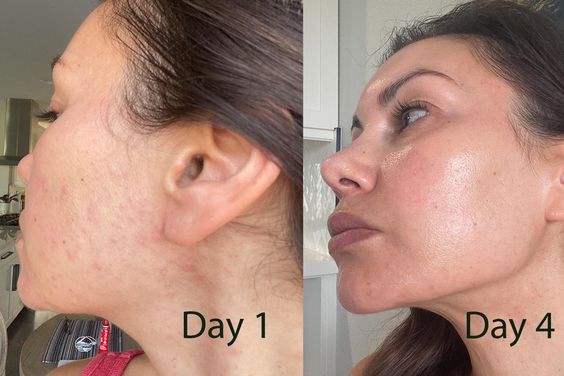Ever wished you could zap away wrinkles, sun damage, or acne scars? Skin laser treatments offer a powerful solution! These procedures utilize concentrated beams of light to target various skin concerns, promoting a smoother, more youthful appearance. Let’s delve into the world of skin lasers, exploring their types, benefits, and how to determine if they’re right for you.
There’s not a one-size-fits-all laser for skin concerns. Here’s a breakdown of some common types and their uses:
These resurfacing lasers remove a thin layer of skin, stimulating collagen production and treating deeper wrinkles, sun damage, and acne scars. However, they involve more downtime for healing.
These gentler lasers penetrate deeper layers of skin without removing the surface. They target wrinkles, fine lines, hyperpigmentation, and improve skin texture. Downtime is minimal.
Specifically designed to target blood vessels, these lasers treat conditions like rosacea, spider veins, and birthmarks.
Laser treatments offer a range of potential benefits depending on the type of laser used:
Lasers stimulate collagen production, leading to firmer, smoother skin.
Lasers target uneven pigmentation, revealing a more even skin tone.
Ablative lasers can resurface skin and improve the appearance of acne scars.
Vascular lasers target these conditions for a clearer complexion.
Consulting a dermatologist is crucial before undergoing laser treatment. They can determine if lasers are suitable for you based on:
Different lasers address specific issues. Discussing your concerns helps the dermatologist recommend the right laser type.
Laser treatments might not be suitable for all skin types and tones. A dermatologist can assess your skin and advise accordingly.
Certain medical conditions might make laser treatments inadvisable.
A typical laser treatment session involves:
Discuss your goals, medical history, and any allergies with your dermatologist.
The treatment area will be thoroughly cleansed.
The chosen laser will be used to deliver targeted light pulses to the skin. You might experience a tingling or prickling sensation, depending on the laser type.
Depending on the laser used, downtime can range from minimal (non-ablative) to several days (ablative) for healing. Your dermatologist will provide specific aftercare instructions.
Laser treatments are generally safe when performed by a qualified professional. However, some potential side effects include:
These are common and usually subside within a few days.
This is part of the healing process and resolves with proper care.
Laser treatment can rarely cause lightening or darkening of the treated area. Consulting an experienced dermatologist minimizes this risk.
Consulting a board-certified dermatologist is essential before undergoing laser treatment. They can:
They will determine the most suitable laser type for your specific concerns.
They will discuss realistic outcomes and potential side effects.
A qualified dermatologist ensures optimal results and minimizes risks.
Skin laser treatments utilize concentrated beams of light to target specific concerns within the skin's layers. The laser energy can stimulate collagen production, remove unwanted tissue, or vaporize blemishes, leading to visible improvements.
Side effects can vary depending on the type of laser used and the treated area. Some common side effects include redness, swelling, and temporary discomfort. More aggressive treatments may involve crusting or scabbing as the skin heals.



